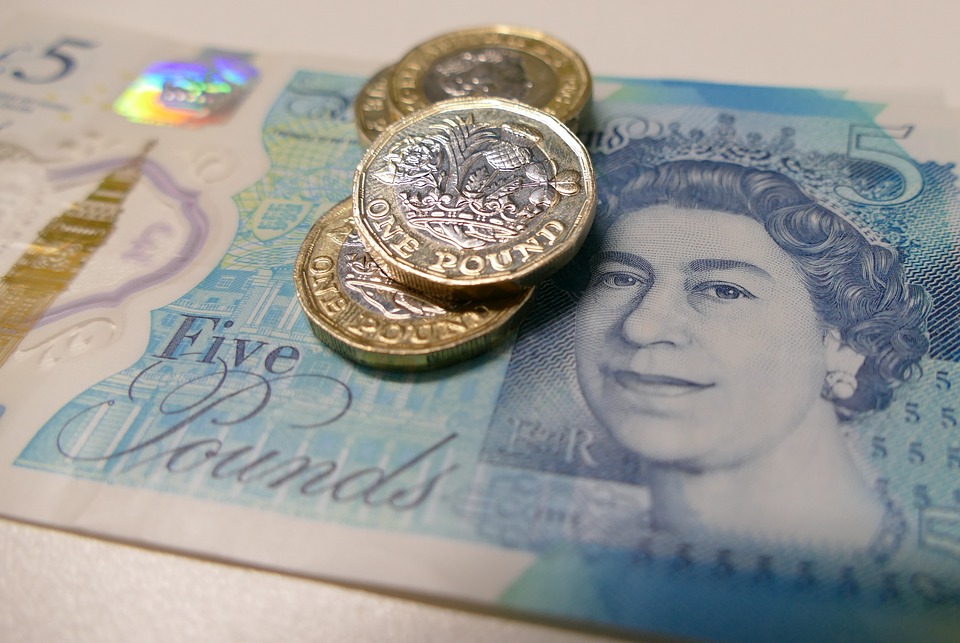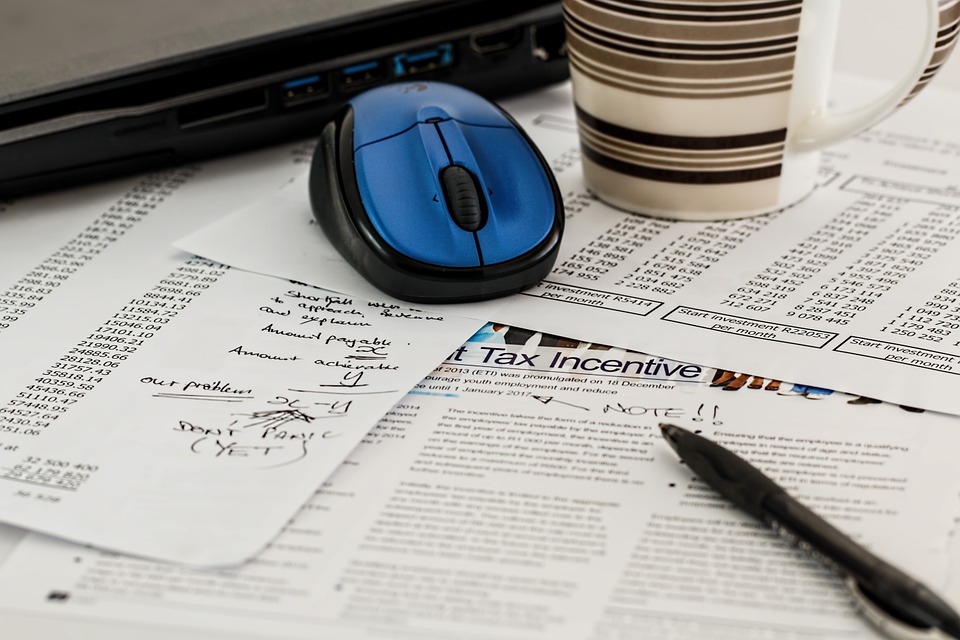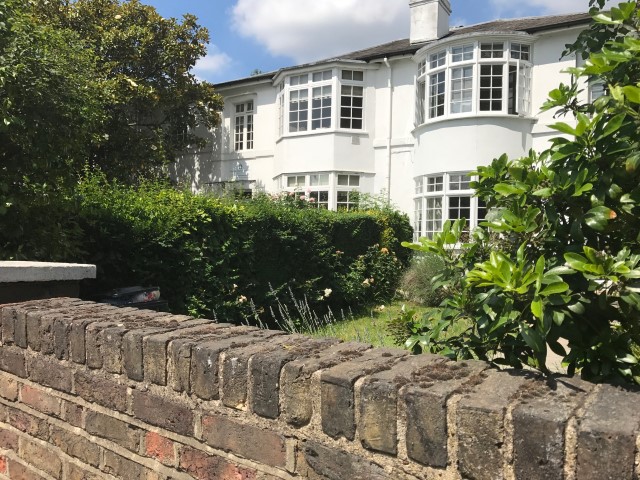In the market to purchase a buy-to-let? Or perhaps your buy-to-let investment isn’t performing as expected?
There are some 1.4 million people in the UK who own property and rent it out as an income investment. That may be because buy-to-let is seen as a lucrative market (brick and mortar investments can be more stable than shares), but that doesn’t mean there are no challenges.
You’ll probably have lots of questions as you delve deeper into the decision-making process. How do you work out if the asking price is right? Is remortgaging a strategic, financial move or another headache in the management of your buy-to-let? Most of the answers to those questions are subjective. What we can do is give you a basic overview of how to use certain facts and figures to make the best possible decisions.
#1Rental Yield
Want to work out if a property is a good investment? In the buy-to-let market, it’s all about your yields. That is, the rental income you’ll be earning and what percentage that is of your purchase price.
The gross rental yield tells you what percentage you’ll earn before expenses. While the net rental yield includes expenses and purchasing or transaction costs.
Knowing these figures will also help you see if the property is overpriced. And you’ll get an idea of how much money to set aside for maintenance and other expenses.
 How to calculate gross rental yield:
How to calculate gross rental yield:
Work out the total costs of your property. Add your purchase price to the cost of any renovations you’ve had done. You’ll also want to include any other fees you may have had during ownership, like stamp duty and closing fees.
Add up all the rent you’ve collected and divide that by the total cost of the property. When you have that figure, multiply it by 100 and you’ll get the percentage of gross rental yield.
How to calculate net rental yield:
Subtract annual expenses from annual rent and divide that amount by the total cost of the property. Multiply that amount by 100 and you’ll get the net rental yield percentage.
#2 Mortgaging
From changing interest rates to the local property market and all the other factors you’ll be considering when you invest in a buy-to-let, adding a mortgage to the mix could make your head spin. Don’t worry. Most people find it tricky to calculate how much a mortgage will actually cost. The Telegraph recently published a handy calculator that will help you work out the total costs of your loan agreement.
Bear in mind that a mortgage is a firm commitment, one that will take many years to pay off. So, don’t just rely on this calculator. We recommend paying a visit to your local bank to see what your options are.
Our Tip: Interest rates are low at the moment, but inevitably they will rise. If this is a long-term investment, look at getting a specialist landlord loan, which is set up for the buy-to-let investor.
#3 Remortgaging
So, you already own a buy-to-let? With time comes changes in circumstances, and you may need to look at remortgaging to suit your current situation. Perhaps you’ve just lost a job? Or you’d like to take out two mortgages?
When you remortgage, you’re essentially changing products. That could mean changing lending institutions or simply working with your bank on a better interest rate.
The first step to take is to find a mortgage advisor, so you can work out if this change will help you save money. Then you can approach your current lender to see if they are open to remortgaging or go to a new lender altogether.
Reasons to remortgage:
- Cut cost of monthly repayments
- Wanting to switch from a variable to a fixed or capped rate
- Moving to a more flexible payment plan
- To release equity when property value rises.
#4 Capital Gains Tax
Good news. Your buy-to-let property is a profitable asset. The downside of that? You’ll need to start paying tax on that gain, hence the name Capital Gains Tax. It’s important to understand what the tax-free allowance is for the current year because that is a big factor and could save you some unnecessary expenses.
What is your gain? It’s the difference between what you paid for the property and what it’s now worth. Luckily for you, we found a capital gains tax calculator to help you do the maths.
 Consider, Evaluate, Take Your Time…
Consider, Evaluate, Take Your Time…
As with any investment, research is your best friend. Look at the market. Find an area to invest that has growth potential. Know who your tenants are going to be and what they are looking for in a rental. And always, always DO THE MATHS.
Yes, there are buy-to-let millionaires out there, and you could be at the beginning of an amazingly profitable venture. Just remember to ask for advice, follow tried and tested practices, and never be afraid to ‘sleep on it’.





